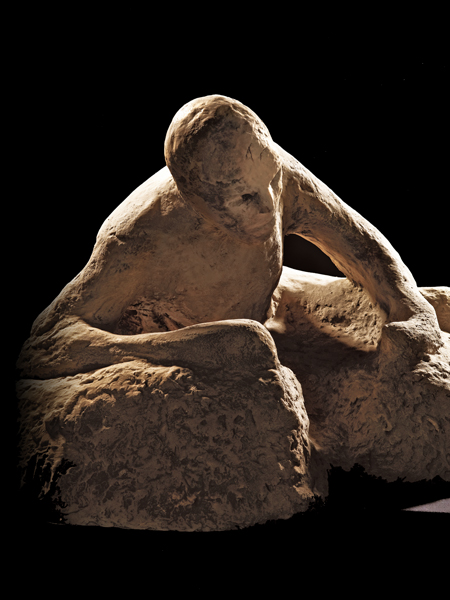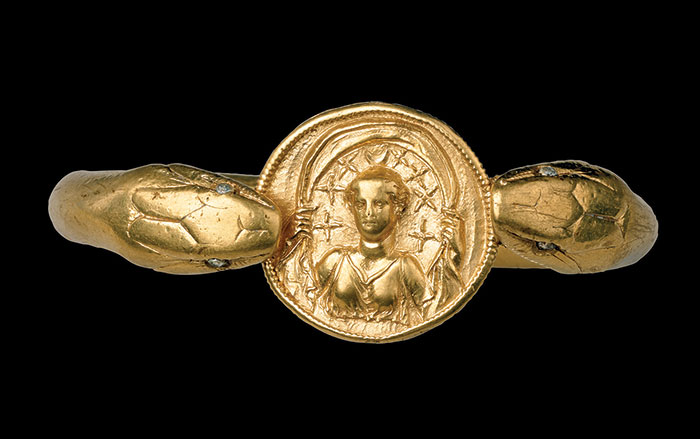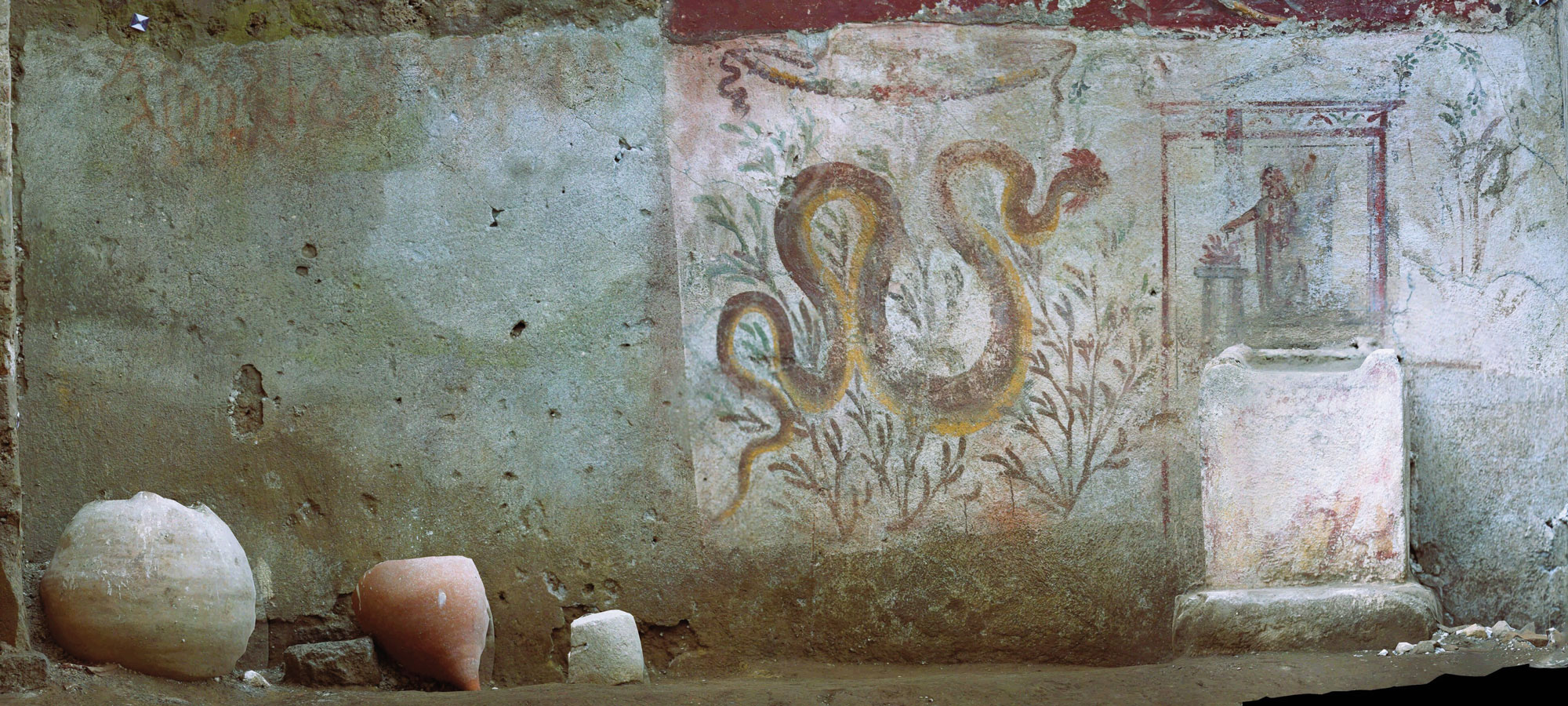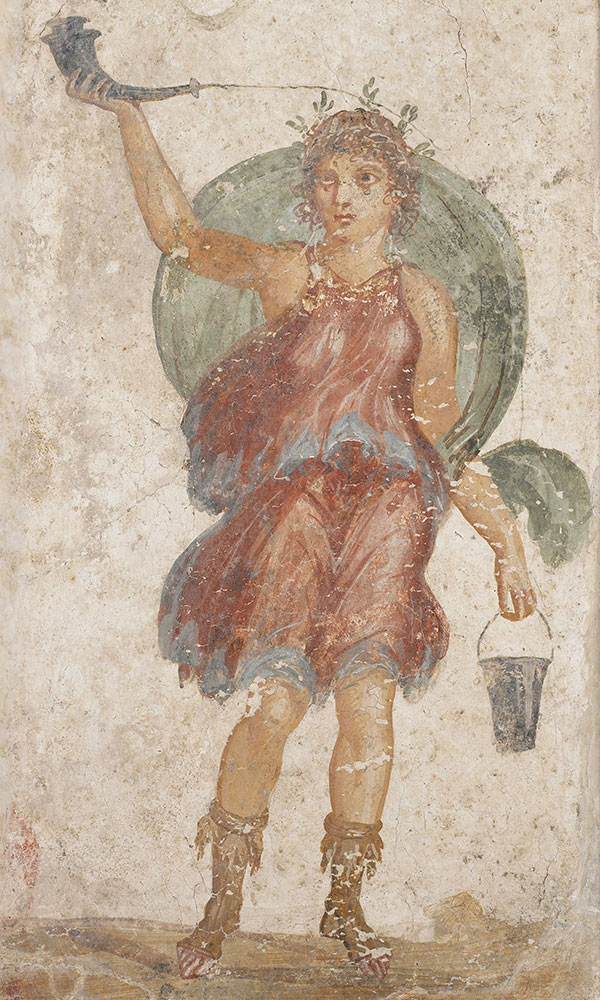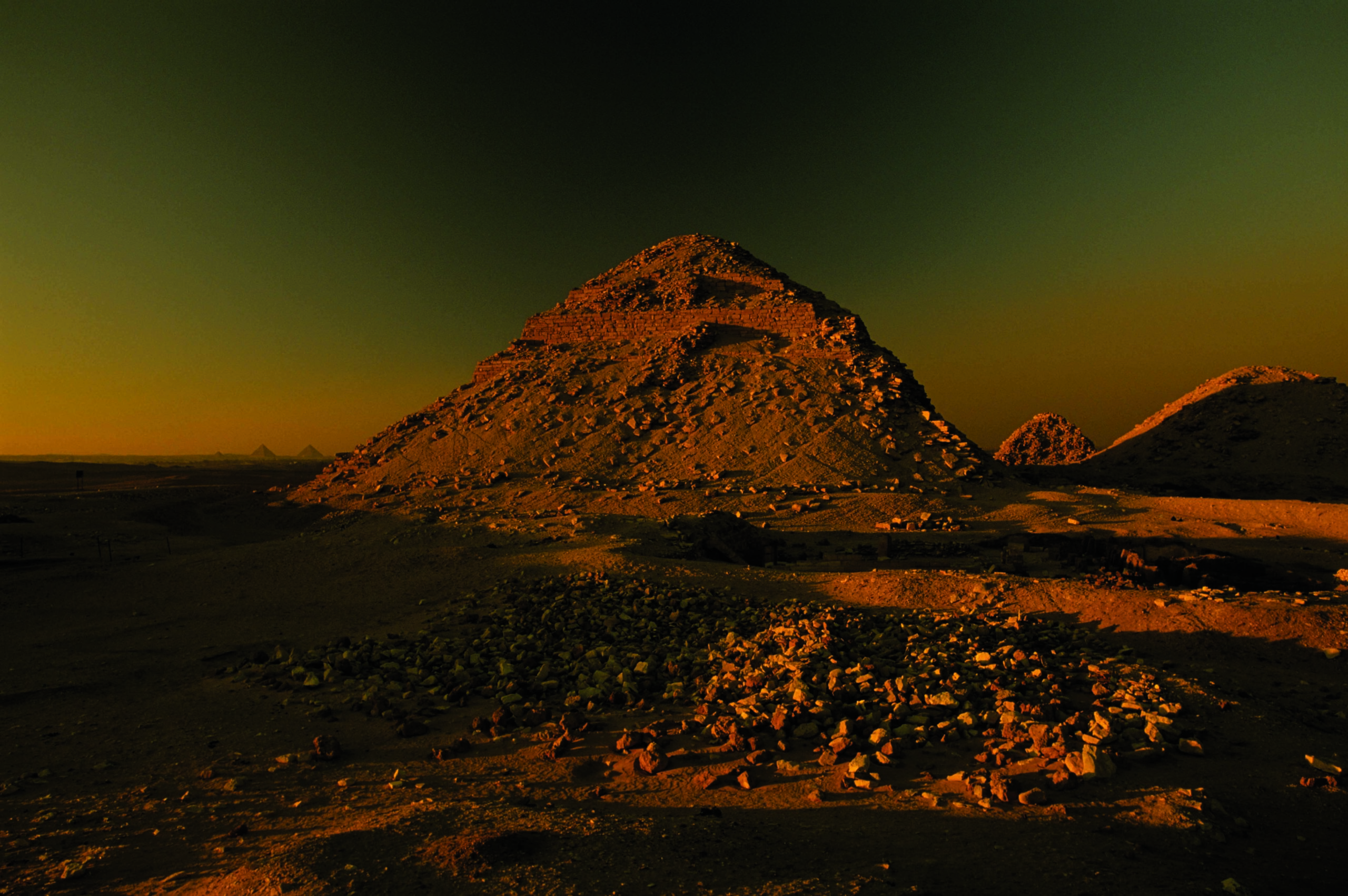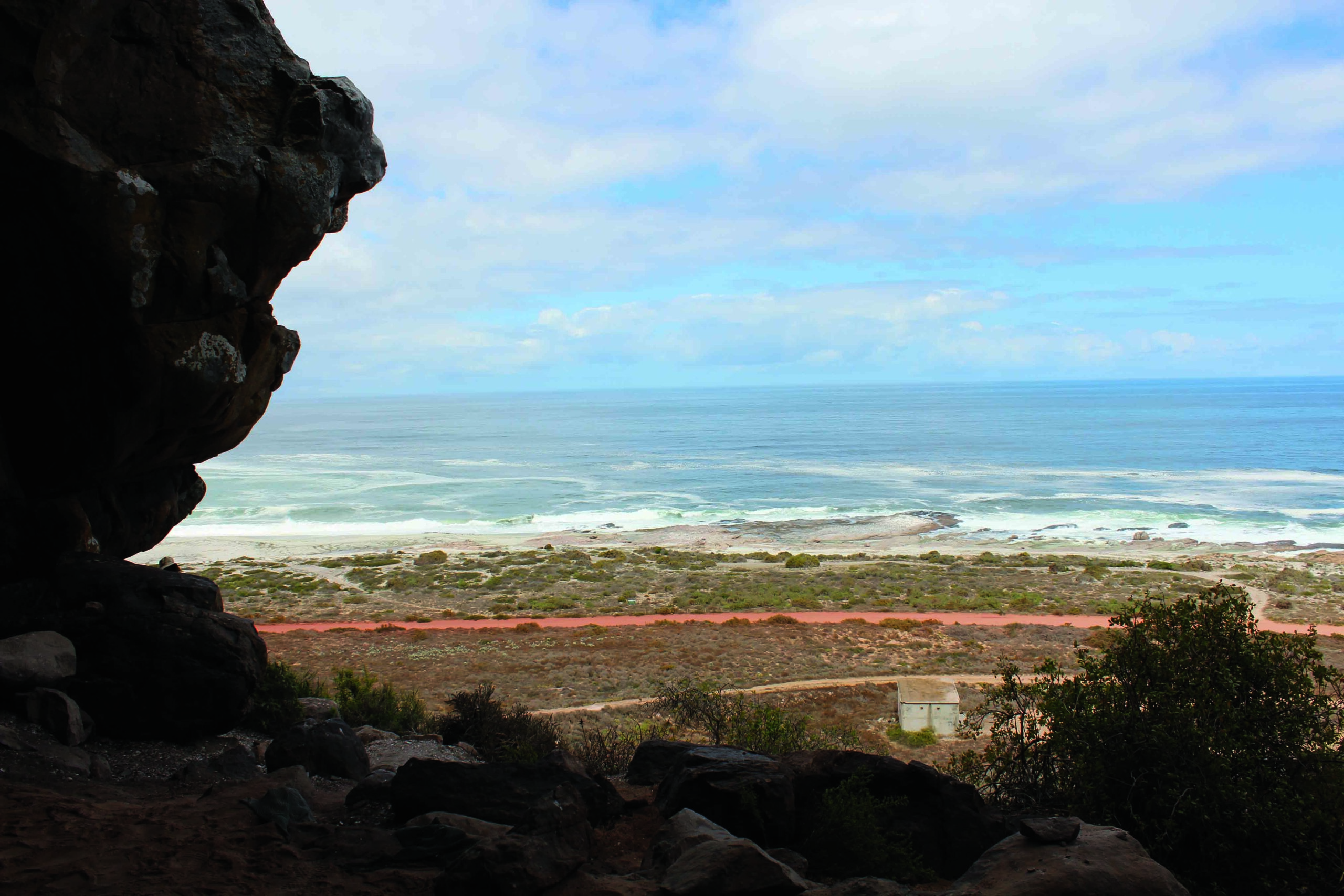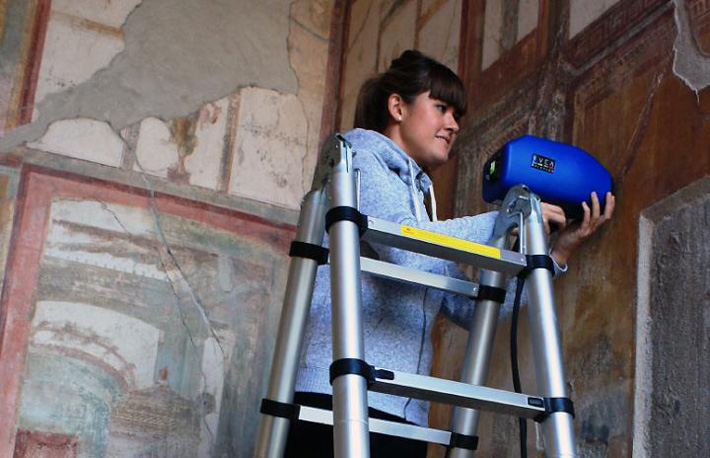
LEIOA, SPAIN—According to a statement released by the University of the Basque Country, a team of archaeologists and chemists analyzed wall paintings at Pompeii’s House of Marcus Lucretius, the House of Ariadne, and the House of the Golden Cupids. The murals in these structures were covered with pyroclastic materials when Mount Vesuvius erupted in A.D. 79 and buried the Roman city. Although the layer of ash has preserved the artwork for the past 2,000 years, the researchers found that ions in the pyroclastic materials combine with underground water and promote the crystallization of damaging salts on the artworks when they are uncovered and exposed to air and humidity. Team leader Maite Maguregui concluded that it is important to understand the salt load of the volcanic material in a particular area of Pompeii in order to reduce or even prevent salt damage to the ancient murals. To read about efforts to restore the vibrant paintings in one of Pompeii's most famous homes, go to "Saving the Villa of the Mysteries."


